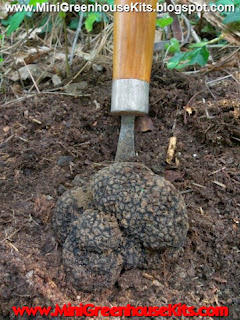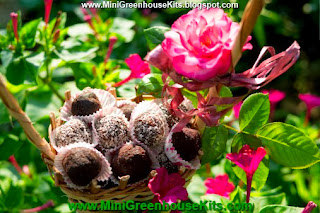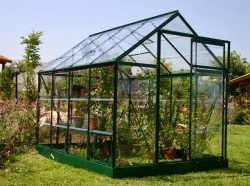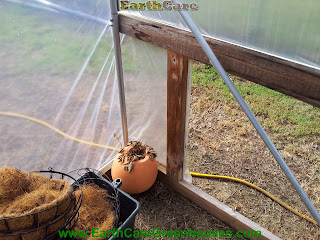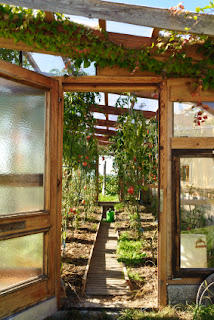Hydroponic greenhouse gardening combines two techniques which are well known to avid gardeners.
Greenhouse gardening allows gardeners to extend the growing season well beyond what would normally be possible as well as providing gardeners with much greater control over growing conditions.
Hydroponic gardening also offers gardeners a large degree of control over their plants as well as, in most cases, a significantly higher yield than conventional gardening and more consistent quality in a comparatively small footprint.
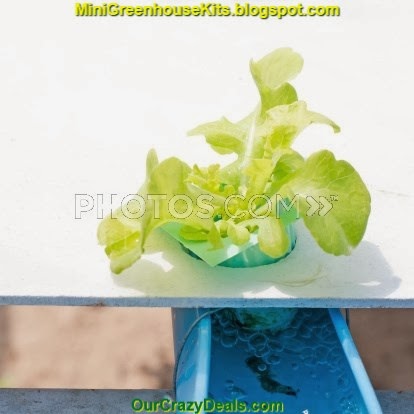
Hydroponic greenhouse gardening is an especially attractive option for urban gardeners who are often limited in terms of outdoor space;
- A hydroponic greenhouse makes it possible to create a controlled growing environment even on for instance, a rooftop, which can produce a surprising amount of fruits and vegetables.
- Hydroponic gardening, especially in the Controlled Environment of a Greenhouse also uses significantly less water, pesticides and fertilizer than conventional gardening, another factor which has contributed to its popularity.

The Greenhouse
 What type and size of greenhouse you build will depend a great deal on how much space you have available and of course, the type and number of plants you that you intend to grow in your hydroponic greenhouse.
What type and size of greenhouse you build will depend a great deal on how much space you have available and of course, the type and number of plants you that you intend to grow in your hydroponic greenhouse.
While you may be surprised by how large of a yield you can get from a relatively small space, it’s also a mistake to build too small of a greenhouse;
- It’s easier to add to your hydroponic set up later than it is to tear down your greenhouse and build a new, larger one later on.
- As with any other greenhouse, the key is to make the best possible use of space and to make sure that you have room for everything you need – in other words, plan ahead based on not only your current needs, but those that you anticipate in the near future.


Hydroponic Systems
There are several different kinds of hydroponic systems that you could choose from for your hydroponic greenhouse.
Which system you go with will again, largely depend on the size of your greenhouse, the extent of your experience as a hydroponic gardener and how much time, money and effort you’re willing to put into your new gardening venture.
- It’s versatile, easy to maintain and costs very little to build.
- You also don’t need very much in the way of supplies.
- You’ll need to build (or buy) raised boxes and fill them with a growing medium (pea gravel is an excellent choice for this) and water the plants once, perhaps twice per day with a nutrient solution.
- You don’t need electricity, pumps, hoses or anything else.
- If you’re just getting started with hydroponics or are working on an especially tight budget, this may be the best way to go.
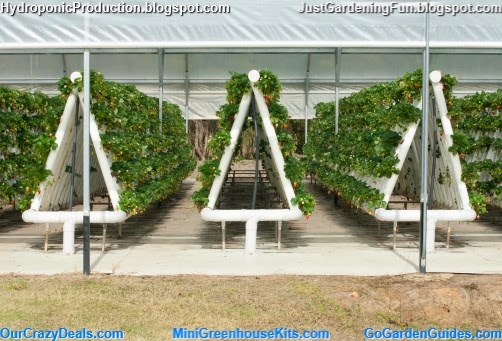

However, if you’re feeling more ambitious and have a little more money to work with, you can build an ebb/flow system for your hydroponic greenhouse.
This is more complex, but by no means too complex for the average gardener to build themselves even if they’re not particularly mechanically inclined – there are also kits available which make things even easier to set up. You will need significantly more equipment if you choose an ebb/flow system; you’ll also need electricity in your greenhouse.
- Ebb/flow hydroponics systems need hoses, a submersible pump, timers and relatively large containers to hold your nutrient solution, not to mention your planting containers.
- Even so, an ebb/flow system is a good choice if you’re planning to build a larger greenhouse, since it requires fairly little maintenance once it’s set up.
- Compared to a Mittleider system, an ebb/flow system will require you to spend a lot less time working in your greenhouse, since you won’t have to manually water your plants on a daily or twice daily basis.
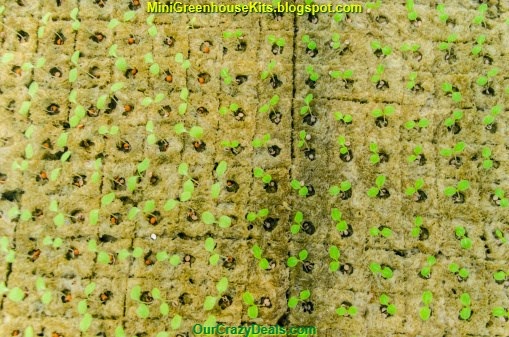

Greenhouse gardening and hydroponics are a winning combination for the avid gardener looking for a higher yield, lower maintenance garden, especially in a situation where outdoor space is limited.
It’s not the right environment for every plant (cold weather crops like cruciferous vegetables tend to do poorly in the warmth of a greenhouse, for instance), but a hydroponic greenhouse is an excellent addition to any garden and can allow virtually anyone to enjoy the bounty of a large garden even in a small space without access to soil.





















